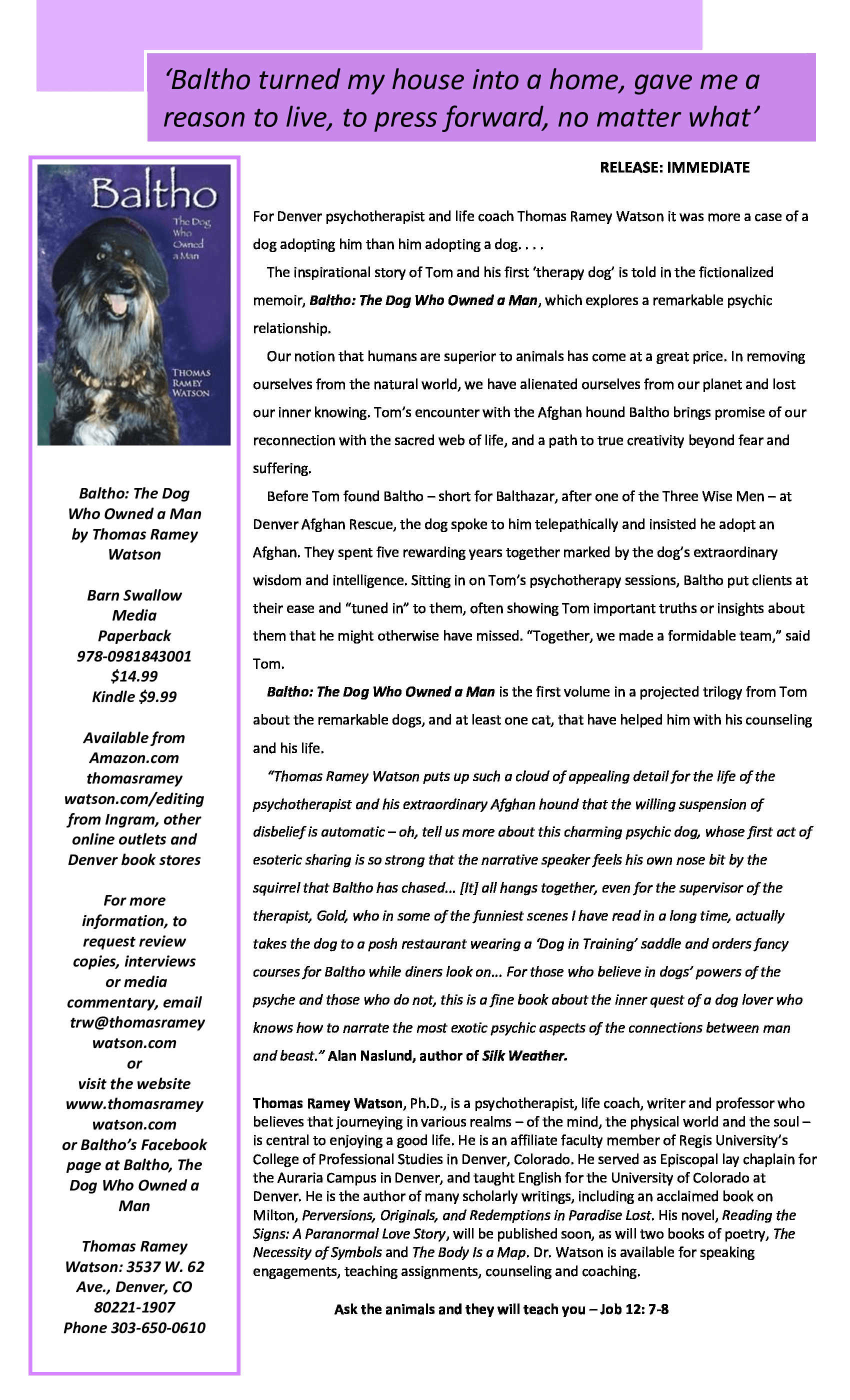
Publications
Publish Your Books
AlphOMega Resources, was incorporated as a nonprofit on 19 July, 2002, by Thomas Ramey Watson, Ph. D., Founder and Head. Reflecting the long Christian mystical tradition that he places himself within, Dr. Watson’s works and services center on eternal truths. These truths are found everywhere throughout the world. Poet Theodore Roethke writes, “Love Calls Us to the Things of the World.” And St. John of the Cross says, “In the end we’ll be judged on love alone.” We are called to bring light out of darkness and good out of evil. Dr. Watson urges us not to settle for shallow and transient experiences but to embrace the mystery at the heart of all. We must move beyond doctrine and dogma to dwell in communion with the creator and creation, seen and unseen, the living and the dead.

My Publications
I am a writer of non-fiction, fiction, and poetry. Nominated for Poet Laureate of Colorado, I have published creative and scholarly works in a number of nationally circulated magazines and journals. I have also published a series of magazine/newspaper articles on psychological, sexual, and spiritual integration.
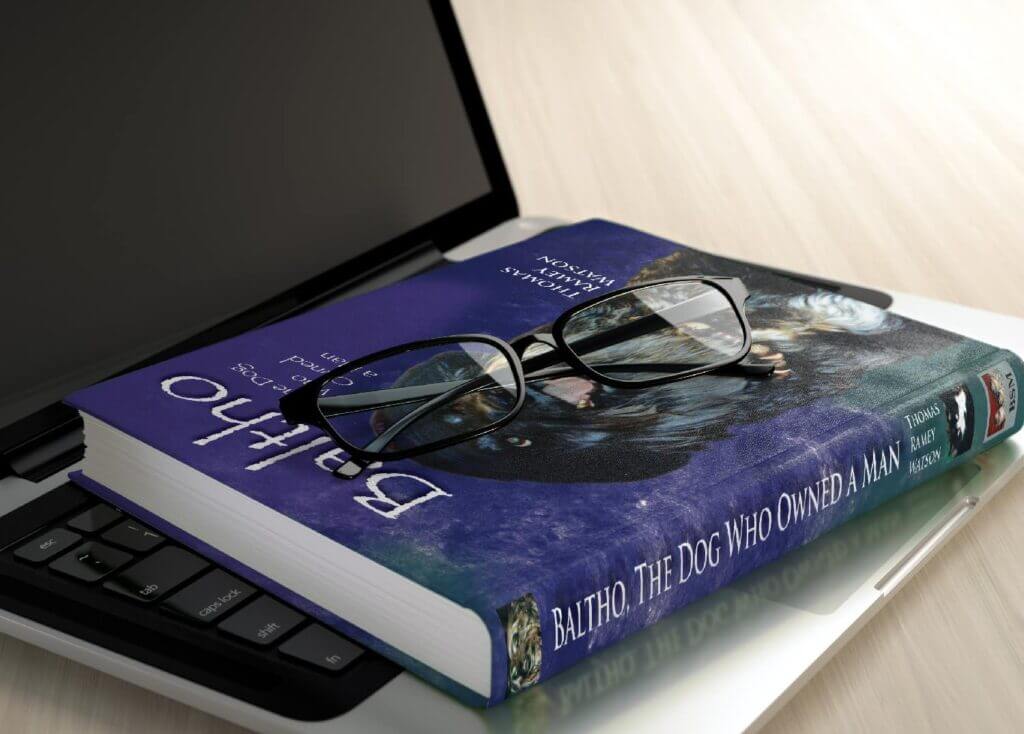
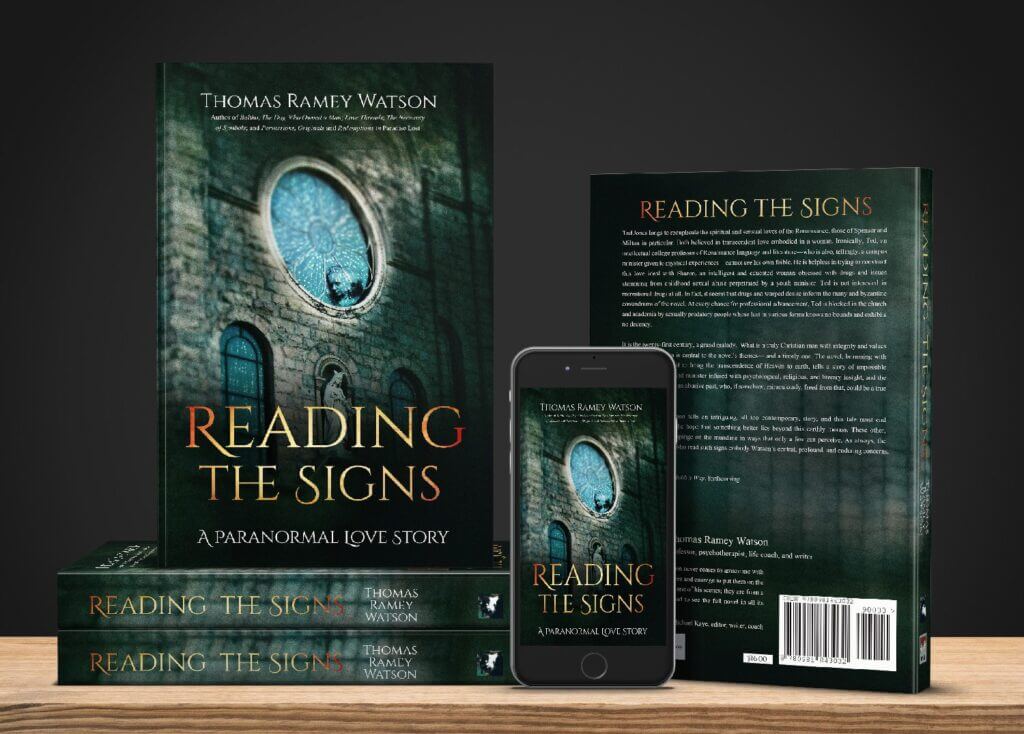
We live in a world terribly out of balance–careening ever more wildly toward the abyss. Yet, the still small voice of hope is always there, always calling to us to do better, ready to teach us. After opening the box that let all kinds of illness, bloodshed, terrors, plagues, and every evil imaginable loose upon the world, Pandora discovered the one thing that remained was hope. I have learned to eat it like bread. For me hope comes from the spiritual world that surrounds us, which calls us to the mystery that all life, past, present, and future, is connected, often in ways that we typically glimpse now and then. Those we care about, and those who care for us, even beyond this mortal world, bear witness. For me, learning to put our usual ways of perception to the side for a moment so that we can listen and grasp such mysteries is more important than anything else.
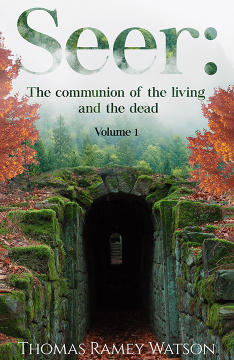
Seer: The Communion of the Living and the Dead. I published vol. 1 at the beginning of the COVID pandemic. It is no longer available because I am working on final edits for the complete version. It will be available on Kindle and in paperback.
My book, Seer, centers on my experiences with the souls of the living and the dead, both humans and other animals, mainly dogs and cats. It demonstrates how connected all of creation is. Such experiences call us from anxiety and despair to give us hope that we are not alone–that life has meaning and purpose that we might overlook. We are bidden not to attempt control of others or to balk at the tragedies and evils that so often blight our human experiences, but to bring good out of evil, light out of darkness.
We are intended to be the hands, eyes and voices of the source of all being–to be little incarnations of God who speaks the world into existence, thus the importance of the Word, the Logos.
When we get caught up in rules and regulations, doctrines and dogma–which typically conflict with each other, and our own deep wisdom–we become defeated, unable to move forward. As St. John of the Cross writes, in the end we’ll be judged on Love, for Love is all there is. Love threads the soul into the body–into creation itself (as the title of one of my books of poetry suggests). Our experiences, the lessons learned, are like embroidery, full of backstitching that connects past with present, this world with that outside this plane–all finally revealing the tapestry of our lives.
Reading the Signs: A Paranormal Love Story
You can buy signed copies directly from me. It’s also available in Kindle and Paperback from Amazon.com and other venues.
Here is the cover, which is really timely, given our current shocking and appalling political climate that has brought to the forefront the manipulative tactics used by power mongers who rise to the top in so many fields. Sex often becomes a favorite method to gain power over others who serve to gratify the desires of the perpetrators. When sex is denied, or withdrawn, they do not hesitate to destroy their prey. In the past, victims of such acts were encouraged to keep their mouths shut and move on, as if that were easy. It is not. Sometimes it is not possible. The perpetrators’ wounded egos and need for revenge must not be underestimated.
Although inspired by actual events and characters, certain elements are fictionalized. However, the protagonist’s experiences as a university professor and an Episcopal campus chaplain are very close to my own. So are the paranormal happenings, many of which are echoed in my more clearly autobiographical book of poetry, Love Strings.
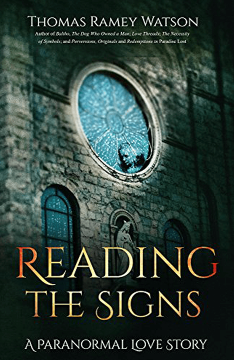
My acclaimed scholarly book.
On John Milton’s use of traditional sign theory and typology in Paradise Lost, titled, Perversions, Originals, and Redemptions in Paradise Lost, was published by the University Press of America.
For those readers of Milton who know little about the Augustinian tradition, this study provides a necessary background against which to appreciate the structure and thematic content of Paradise Lost. Renaissance Quarterly
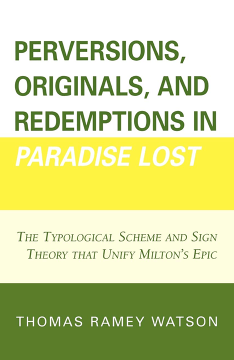
“The remarkable achievement of this manuscript is to explicate how signs are evident in the very language of the epic, how, that is, the very language is informed with significance. The book develops a sign theory with reference to Paradise Lost in exciting and new directions. No other study, to my knowledge, is as comprehensive and systematic and detailed in doing so. The research is extensive, the citations from secondary resources are apt, and the contributions in original thinking and interpretations are extraordinary.” Albert C. Labriola, Professor of English and Distinguished University Professor, Duquesne University; Editor of Milton Studies; and Honored Scholar of the Milton Society for 2000 Read Professor Labriola’s Foreword by clicking here.
Rowman & Littlefield Publishing Group | 4501 Forbes Boulevard, Suite 200, Lanham, MD 20706 | (800) 462-6420 (click on publisher line to get to publisher)
My popular memoir.
Baltho, The Dog Who Owned a Man (click on title to read first three chapters and endorsements), the first in a three books series about my extraordinary experiences with dogs and cats that have come into my life. These animals have helped with my counseling, not just as typical therapy animals, but as co-therapists that point out things I may have missed without their intuitive insight. If you become a counseling client, you will learn firsthand how these animals work to reveal problems and suggest solutions.
This book centers on the extraordinary story of my rescued Afghan Hound, Balthazar, or Baltho, my co-therapist. He pointed out problems that I had missed in counselees and helped us find solutions much faster than I ever would have without his help.
We shared a psychic bond that has endured even though his body died and has returned twice to me–next in Hattie, and now again in the dog she/he said wants to be known as Melchior, another of the Three Wise Men. I’m sure he’s planning to take up the mantle of co-therapist dog once again.
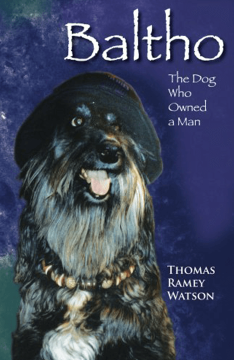
My first book of poetry.
Working within The Great Western Tradition the emphasis is upon spiritual growth in poems that are sensual, insightful, and profound, accessible to most readers.
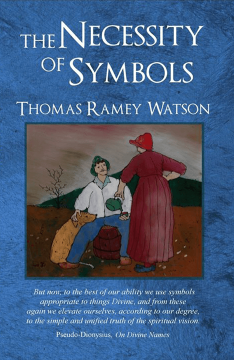
From the book:
The Necessity of Symbols
But now, to the best of our ability we use symbols
appropriate to things Divine, and from these
again we elevate ourselves, according to our degree,
to the simple and unified truth of the spiritual vision.
Pseudo-Dionysius, On Divine Names
All morning the rain fell, sounding
on the roof like round, grey pebbles.
At noon the sky cleared to a translucent lapis.
On the chaise lounge over red bricks
I lay sunbathing, the air steamy,
the sun a bright, gold alpha.
My second book of poetry.
Love Threads, records in poetry a series of experiences mostly in the realm of the soul that I had for over a year in the late 1990s. In its way it reflects and serves as a tribute to Donne, Herbert, Vaughan, Milton, Blake, Wordsworth, and various mystics, including those of other traditions, who have been my mentors.
Here is an excerpt from the Foreword, The Point Where All Begins and Ends:Love Threads can be a painful book because it is about a hurtful relationship, but more important, it is a clear call to love and to love even when there is difficulty. A clear call to love spiritually and in body. It is essentially a transcendent calling, an ecstatic one—and a genuine journey of love.
These are poems whose obscurity win their way graciously with resonances that wistfully suggest sweetness and light without identifying many specifics or concrete manifestations of the sacred other.
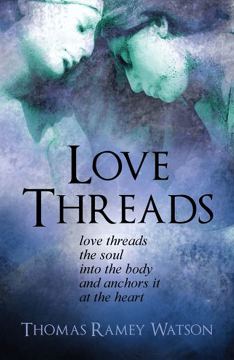
These poems make up invocations that appeal through the plausible and very humane nexus of dream, or vision, and longing. Continual hope for something solid that never appears or makes itself known in features that are not quite enough to satisfy a strong undercurrent of almost ambiguous desire. The poet makes clear his romantic trajectory in the early poems. It is not long before most readers will know where they are, as long as we are amenable to some real ambiguities of image and style. The title, “Beta” of the opening poem, seems to denote, as in physics, a variable, the speaker’s other coruscating from the first words of the book.
